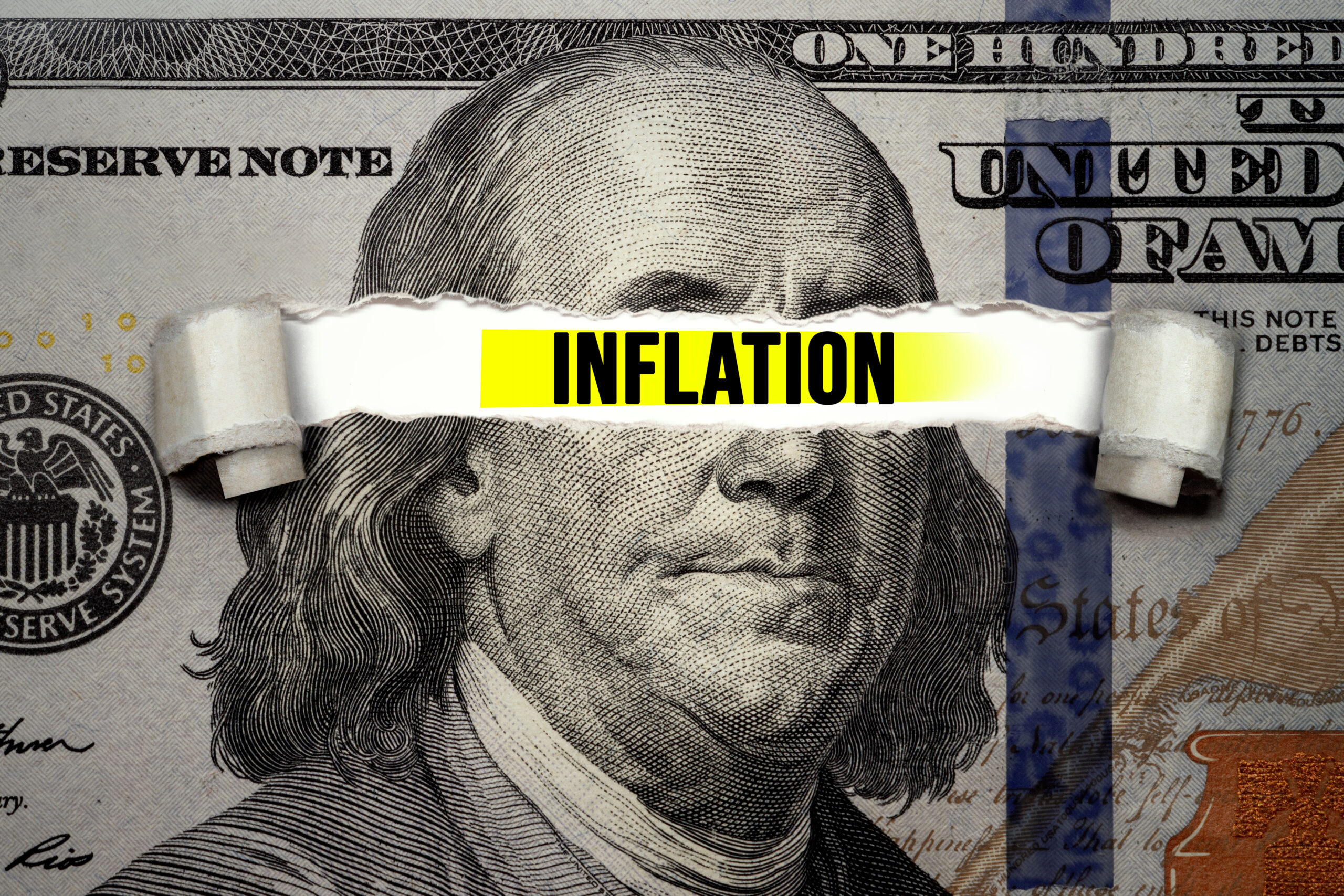Wholesale Price Inflation Surges Above Projections

The U.S. Department of Labor released its report for the Producer Price Index (PPI) for January on Friday morning. The figures showed inflation increasing at a faster pace than many experts had anticipated.
The PPI, a measure of inflation from the perspective of sellers, saw a 0.3% rise from the previous month, surpassing the modest 0.1% increase expected by economists. January’s increase represents the fastest jump in wholesale prices since August 2023. The bump was especially notable in the services sector which showed a monthly surge of 0.6%, marking its most significant advance since last July.
Friday’s wholesale report confirms the inflationary pressures indicated by Tuesday’s Consumer Price Index (CPI) report for January, which also exceeded expectations with a 0.3% jump month-over-month.
Moreover, the separate Core PPI index shot up by 0.5% in the last month. That metric excludes prices for items considered to be more volatile, such as food and energy. The daunting number indicates that inflation’s grip on the economy is not going away soon.
The implications of these findings are vast, especially for the Federal Reserve, which has been cautiously optimistic about cutting interest rates this year. The Fed’s hesitation is evident in its recent public statements, with Chair Jerome Powell indicating a March rate cut is unlikely as the bank seeks more definitive signs of inflation returning to its 2% target. Investors will watch markets carefully in the coming days to see if continuing higher interest rates are priced into Wall Street’s assessment of the economy.
The unexpected surge in wholesale prices is especially significant, as the index is a leading indicator of consumer prices. As businesses face higher costs, the additional expense will inevitably be passed on to consumers.
Economists and market watchers are now adjusting their expectations, with the futures market showing decreased confidence in a near-term rate cut. The reaction was also felt in the bond market, where two-year yields climbed to their highest since mid-December, reflecting growing skepticism about the Fed’s ability to lower rates in the immediate future.
























